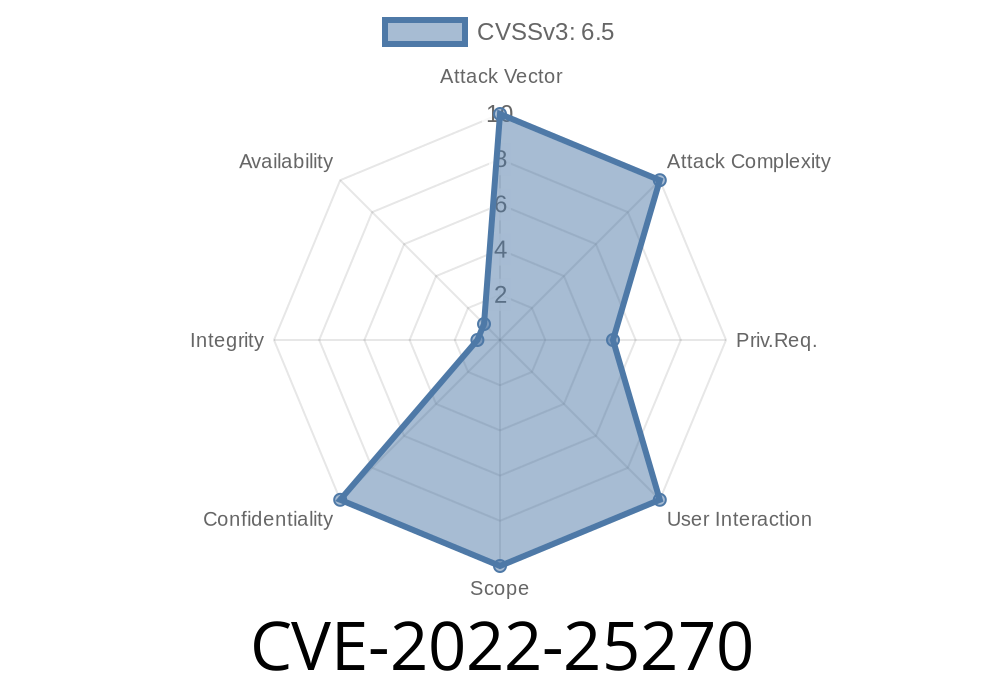Security vulnerabilities are constantly being discovered in software applications, and it's crucial for developers and system administrators to stay aware and be prepared to take any required actions. This post discusses a new security vulnerability identified as CVE-2022-25270. The vulnerability has been found in the QuickEdit module, a popular feature in the Standard profile of Drupal content management system. The issue specifically relates to improper entity access control checks, potentially exposing unauthorized content to users with "access in-place editing" permissions.
Before diving deeper, let's first understand what the QuickEdit module is and its importance.
What is the QuickEdit Module?
The QuickEdit module provides an "in-place editing" function for content on Drupal websites. In-place editing allows users with appropriate permissions to click on a piece of content and directly edit it on the page without navigating to a separate editing interface. This significantly improves the user experience and efficiency for content management tasks. However, this useful feature has an unfortunate security flaw.
Details of the Vulnerability (CVE-2022-25270)
Some circumstances don't adequately check user access permissions before exposing content for in-place editing using the QuickEdit module. As a result, users with "access in-place editing" permissions could view and potentially edit some content they are not authorized to access. This unauthorized access could lead to potential privacy breaches, data leaks, and other unwanted scenarios.
Affected Sites
Only Drupal sites with the QuickEdit module installed and active are affected by this vulnerability. Generally, the module is included in the Standard installation profile, so a significant number of sites could be potentially impacted.
Exploit Details
The vulnerability lies in the improper implementation of entity access checks in the QuickEdit module. Specifically, the code snippet below shows the problematic part:
if ($entity_access->isAllowed()) {
...
}
Expectedly, the code above is not adequate to cover all scenarios and could potentially allow unauthorized users to view some content they are not supposed to access. However, exploitation requires bad actors to have the "access in-place editing" permission to take advantage of this security flaw.
Links to Original References
- Official CVE Record
- Drupal Security Advisory
Recommendations
Developers and system administrators should take the following actions to mitigate this vulnerability:
1. Update the QuickEdit module to the latest available version that contains the necessary security patches.
2. Review user permissions on your Drupal site, especially those with "access in-place editing" permissions. Limit the number of users with this permission to reduce the potential impact in case of exploitation.
3. Regularly monitor Drupal security advisories and stay informed about any new vulnerabilities discovered.
Conclusion
The CVE-2022-25270 vulnerability highlights the importance of proper entity access control and security best practices in software development. By staying vigilant, regularly monitoring security advisories, and updating affected modules, developers and website administrators can ensure the ongoing safety and security of their web applications. Remember, security is an ongoing process and not just a one-time effort.
Timeline
Published on: 02/17/2022 00:15:00 UTC
Last modified on: 02/25/2022 14:34:00 UTC
